Father’s Day is celebrated in June, and dads of all generations, including our Founding Fathers, deserve to be celebrated. I have asked historian Ashley Hlebinsky, the Robert W. Woodruff curator of the Cody Firearms Museum at the Buffalo Bill Center of the West, to help us remember the proud heritage of firearms in America. Hlebinsky is the first female firearm curator at the most prestigious firearms museum in the United States. She hails from the East Coast, where she received her master’s degree in American history, studying the perception of firearms in culture.
Cheryl Todd: Ashely, thank you for taking time today to talk about firearms in the 18th and 19th-century in America, and the years leading up to the Revolution. At the dawn of our nation, firearms played a very important role, and had a valued place, in American homes. A firearm meant food on the table, protection from predators, and the reason we were able to establish this great nation apart from British rule. Can you expound on these ideas? Were firearms a luxury or a necessity in early America?
Ashley: In the colonies and in early America there was a large culture of metalwork and gunsmithing. Gunsmiths were responsible for building and repairing the muskets associated with the American Revolution, and there was great variance across the many models. The two best-known models are the British Brown Bess and the French Charleville. Both types of firearms were used by colonists, but to fully rebel against the British government, the soon-to-be-free people had to literally beg, borrow, steal and manufacture their own guns to arm themselves appropriately to put up a fight. Committees of Safety were formed in the various colonies to utilize the estimated 3,000 gunsmiths, who were spread among the colonies to manufacture muskets.
In addition to muskets, the American long rifle has survived as the quintessential icon of American culture. It did not play as large a role in the American Revolution as many might think, but it was a multi-purpose gun, used for hunting, self-defense and, believe it or not, sport.
The long rifle was both a necessity and, for those who could afford a high-quality one, a luxury and a showpiece. There were many schools of design behind these handcrafted tools, and often they were ornately embellished.
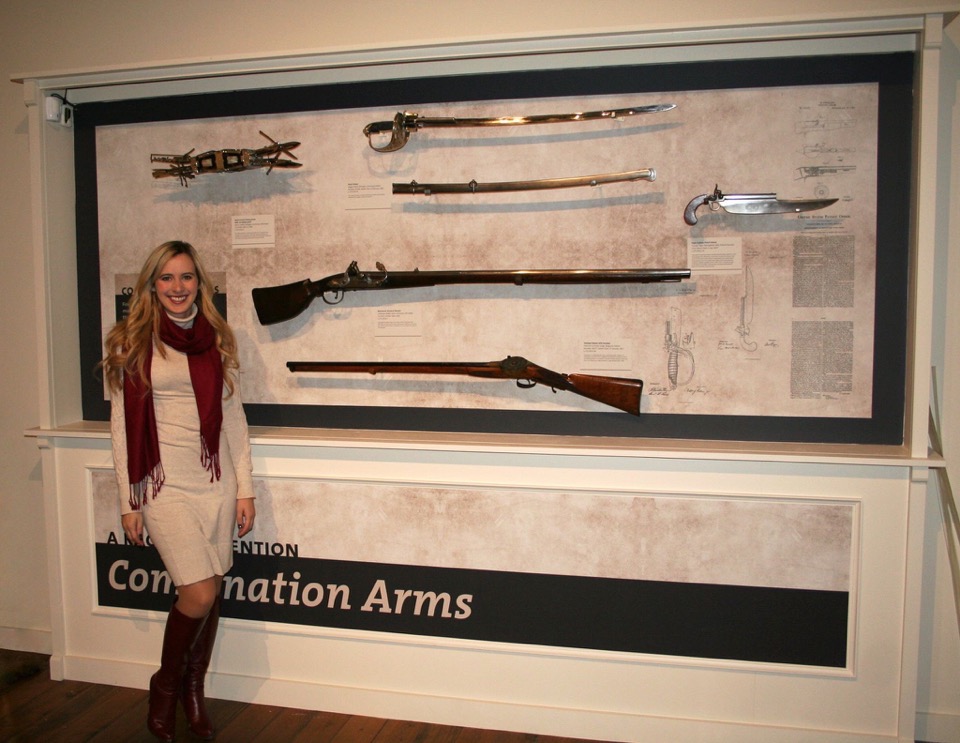
Cheryl Todd: When we talk about ideas like putting food on the table and offering protection from predators, these firearms as being life-giving tools. Where in history did the firearm begin to be seen in a negative light? Was it a specific event, or did it happen slowly over time?
Ashley: I’m not sure if there was a specific moment in history when firearms began to be looked upon negatively. Firearms, as well as other objects, have a long history of attempted regulation, but those origins are rooted in politics, and it’s not necessarily a condemnation of the object.
The post–Civil War period leading into the turn of the 20th century certainly played a role in the birth of a more “contemporary” gun culture. After the Civil War, there were a large number of surplus post-war firearms. A discharged soldiers could buy his service firearm for $6 and take it home with him. Many people modified these guns for hunting. Manufacturers also capitalized on the cost-effective nature of the surplus. For example, Springfield Armory’s designer, Erskine Allin, modified (many times over) a Springfield Rifled Musket to create a breech-loading rifle that was used for both hunting and military purposes.
In addition to the wise usage of the surplus of postwar weapons, the late 19th century marks the birthplace of the Golden Age of firearms manufacturing in America. It was a time when brands like Winchester, Smith & Wesson, Colt and Remington marketed to a growing consumer culture. Men and women alike were becoming more consumer oriented as America ushered in a more modern era.
Not only was production high and the surplus large, but the world of sport and target shooting was growing exponentially. In 1869 the National Rifle Association of Great Britain was founded; the United States followed suit, founding its NRA in 1871 to help train marksmen. One result of this were international firearms competitions. At home on Sundays, sport shooting became a national pastime.
In addition to the shifting culture and use of firearms, gun-related terminology become part of the common speech and metaphor. In the 1870s, the expression “Chekhov’s gun” was coined, which in literary circles is a way to express that every element of a story should contribute to the whole. Theater turned to the realism movement, and Buffalo Bill’s Wild West Show placed the “western” on the international stage. Companies like Kodak, which used gun terminology for its cameras, sparked new colloquialisms in the 20th century, telling customers to “aim” and “shoot.”
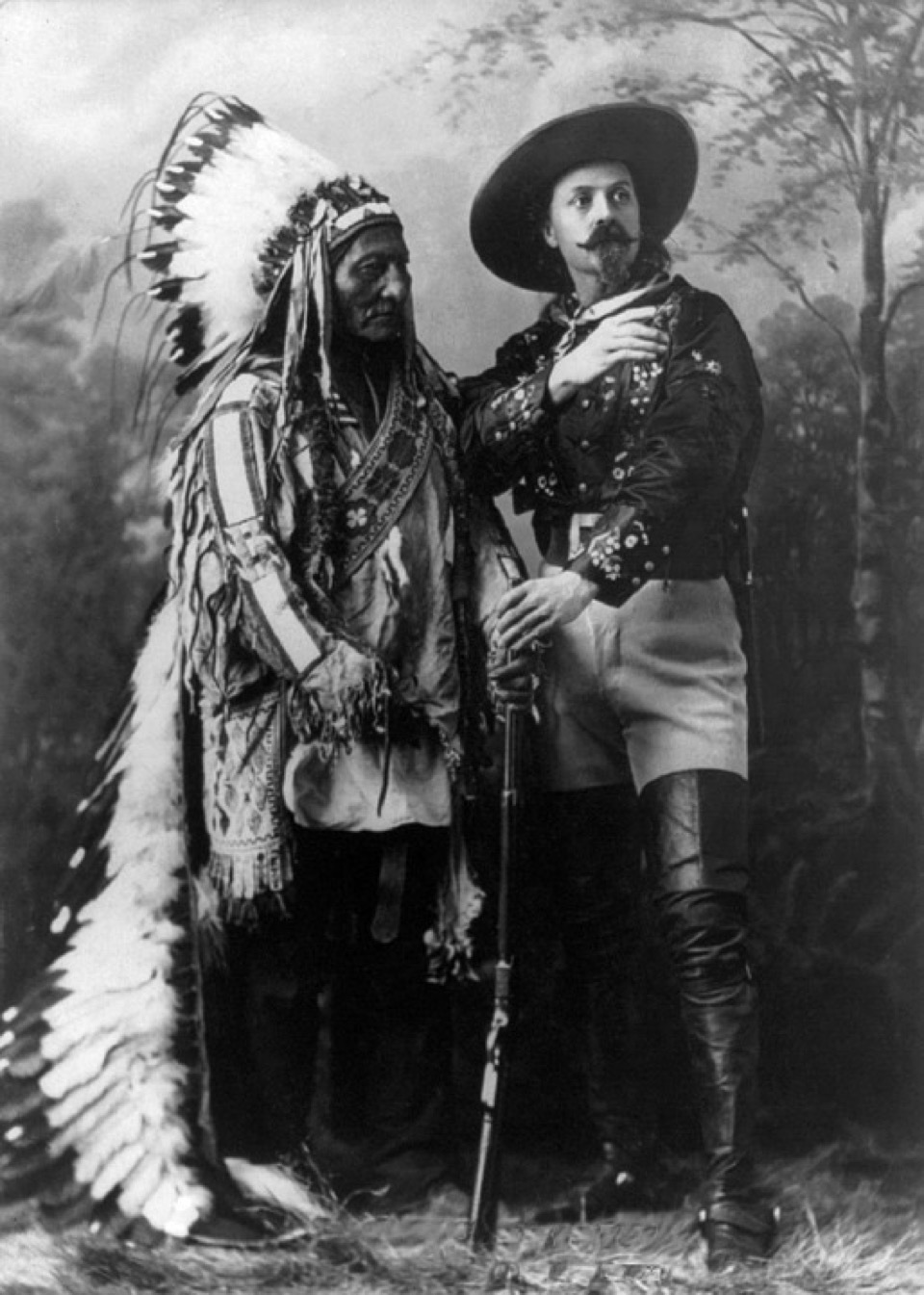
Sitting Bull and Buffalo Bill at Buffalo Bill’s Wild West Show.
Cheryl Todd: Getting back to Father’s Day—like many dads, my father taught me gun safety and the proper use of a firearm. I learned at a very early age that a gun was a tool, like so many other tools we owned, and that it had a specific purpose. Firearms in our home were unremarkable to me and my three brothers. They held no more fascination for us than did the lawnmower or the chainsaw. My father was not politically active, so I was well into my adult life before I realized that politicians and groups who would extinguish our Constitutional rights had created a fear-based caricature of an item that my family considered as ordinary as the carving knife we used at Thanksgiving dinner. This realization caused me to begin wondering where my family came up with this revolutionary idea that guns are simply tools. Which took me to … the Revolution, and our Founding Fathers. Ashely, what did early American parents teach their children about firearms?
Ashley: While that isn’t an area in which I am well-studied, hunting and target practice would have been something families would have valued. The more accurate the shot, the greater likelihood the next meal would include protein.
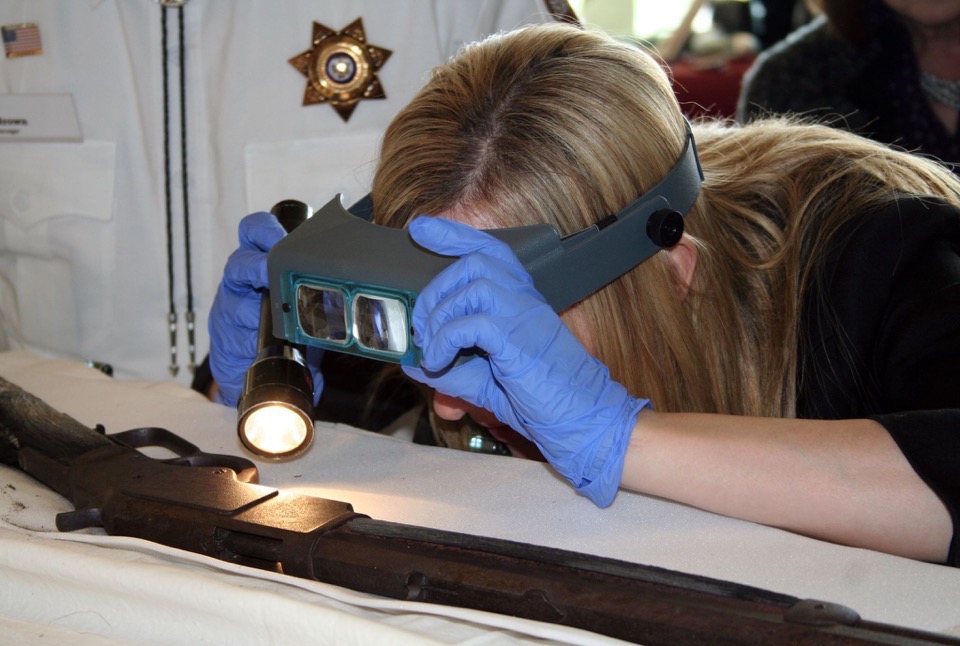
Cheryl Todd: Is there a particular firearm that you believe sets itself apart as uniquely American, or credited with making a marked difference in the development or survival of this nation?
Ashley: It’s a common misconception that single-shot muzzleloading muskets were the only firearms available during the Revolution. Rifling was invented in 1498, and multi-shot guns have been designed for about as long. However, in the era’s rank-and-file style of warfare, the musket was the standard infantry arm. In addition to using variations of muskets, the revolutionaries created Committees of Safety to assemble firearms from parts. An American-assembled flintlock musket with U.S. surcharged markings represents the Second Amendment, not just because of its connection to the Revolution and the subsequent Bill of Rights, but it showcases American ingenuity at making firearms from essentially spare parts even before the United States was fully born—ingenuity that American manufacturers have continued into the modern day.
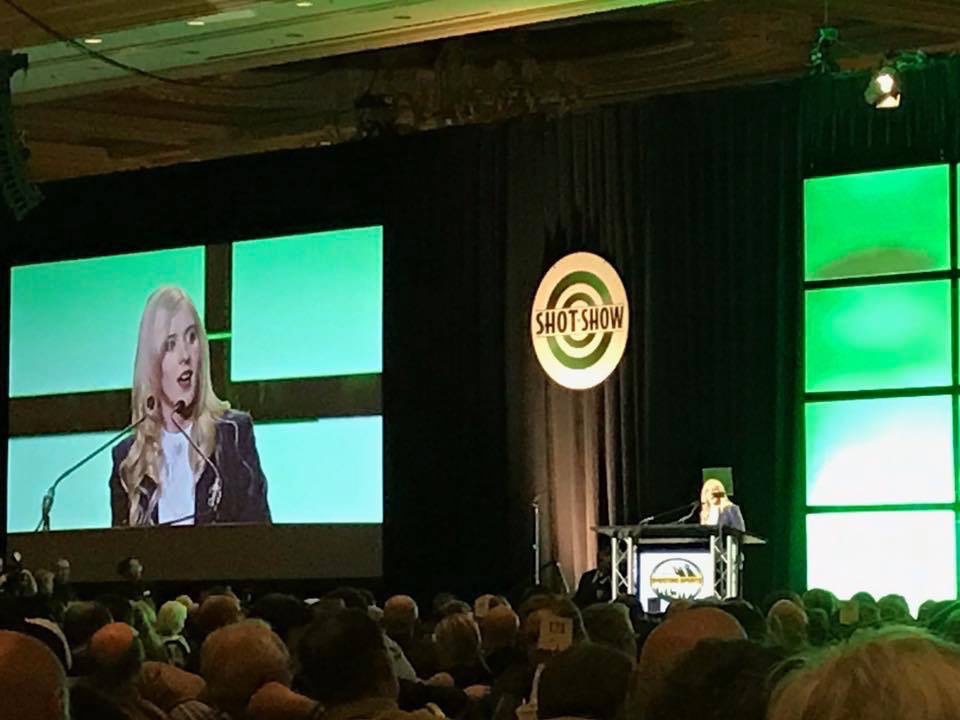
Cheryl Todd: As we wrap up, let’s give a final nod to fathers and Father’s Day by asking who are some of the “Fathers of the great American Firearms” who we should be aware of?
Ashley: A few of the Great Fathers of American Firearms are: Eli Whitney, Jr, John Hall, Samuel Colt, Oliver Winchester, Horace Smith, Daniel Wesson, Eliphalet Remington, John Moses Browning, Arthur Savage (even though he wasn’t originally from America), John C. Garand and Eugene Stoner. Treat yourself to some time spent researching these men, their designs and how they inspired and impacted one another and our history.
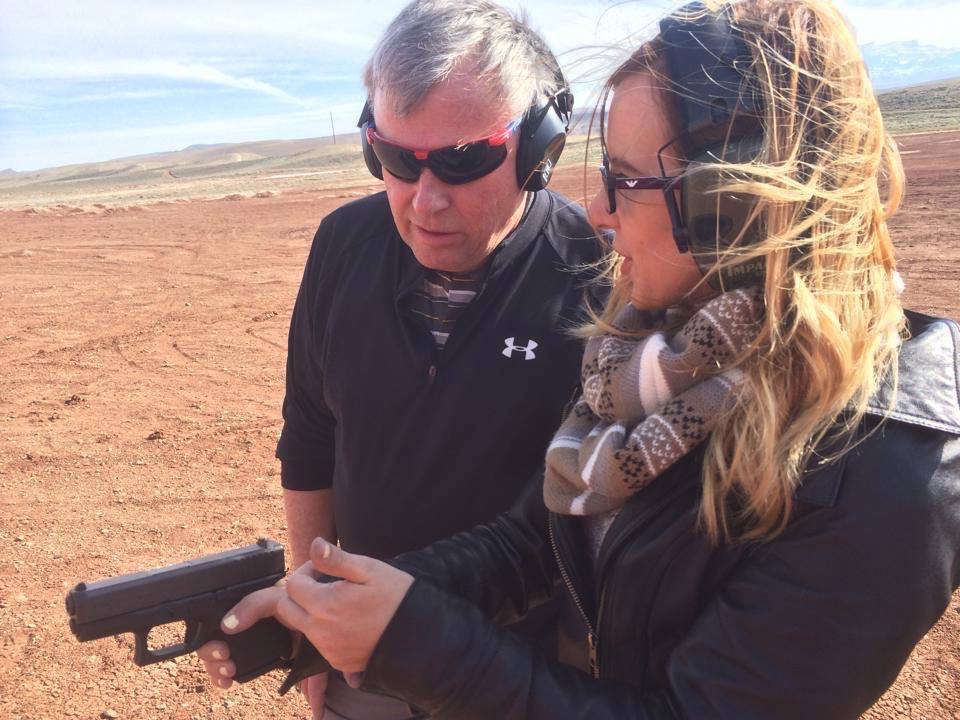
Ashley teaching her dad to shoot.
Cheryl Todd: Is there anything specific you would like to say to any special dads in your life?
I know there is a long tradition of teaching children to shoot in America, but I’m grateful for the path I took, although circuitous. Four years ago, I had the great honor of teaching my father to shoot. And today, I get to watch my fiancé, one of the best fathers I know, teach his child about firearms and make the gun industry proud, through both competition and involvement in the business side of the firearms industry.
For more information on Ashley Hlebinsky or the Cody Firearms Museum at the Buffalo Bill Center of the West, follow these links.
Cheryl Todd is the executive producer and co-host of “Gun Freedom Radio,” owner of AZFirearms Auctions, Pot Of Gold Auctions and founder of the grassroots movement Polka Dots Are My Camo. Cheryl is the Arizona state director for The DC Project and travels the country speaking as a champion for our Second Amendment rights. She is a driving force in preserving the legacy of freedom for generations to come. View all posts by Cheryl Todd